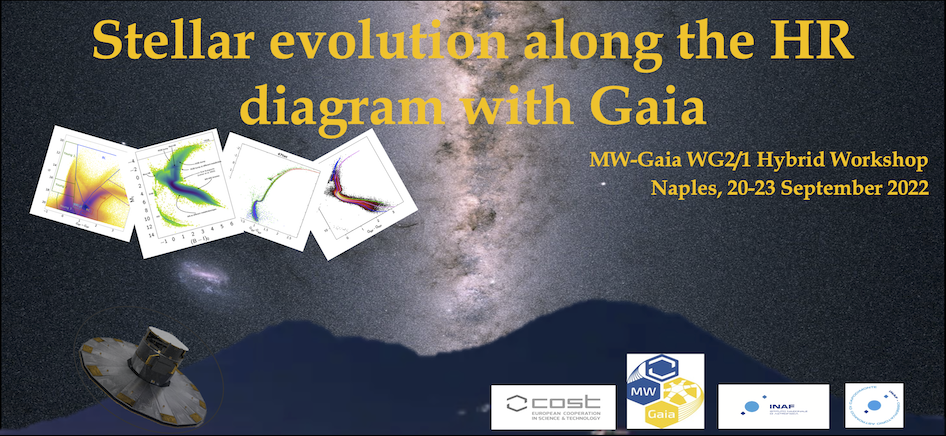Speaker
Description
With the advent of high-precision photometry missions such as CoRoT, Kepler and TESS it has been possible to detect oscillations similar to those observed in the Sun in a huge number of G-K type stars, dwarfs and giant stars. The simple link between the global features of the their oscillation spectra ($\Delta \nu$ y $\nu_{\rm max}$) and stellar parameters (Mass and Radius) open the door to the “ensemble asteroseismology”, that is, the characterisation of multiple stellar populations without the need (or nearly so) for stellar models.
Asteroseismology appears hence as an independent method of estimating precise radii (or distances, included outside the solar neighbourhood ) and provides a unique set for calibration/ comparison to Gaia astrometry. In the opposite sense, the scaling relations between $\Delta \nu$ y $\nu_{\rm max}$ and the global properties of the stars needs for validation and calibration, and for this purpose Gaia is fundamental.
Here I will present how the combination of asteroseismology and astrometry contributes, first, to characterise the systematics affecting both, and second, to achieving an amazing sharpness in our vision of the Milky Way.

